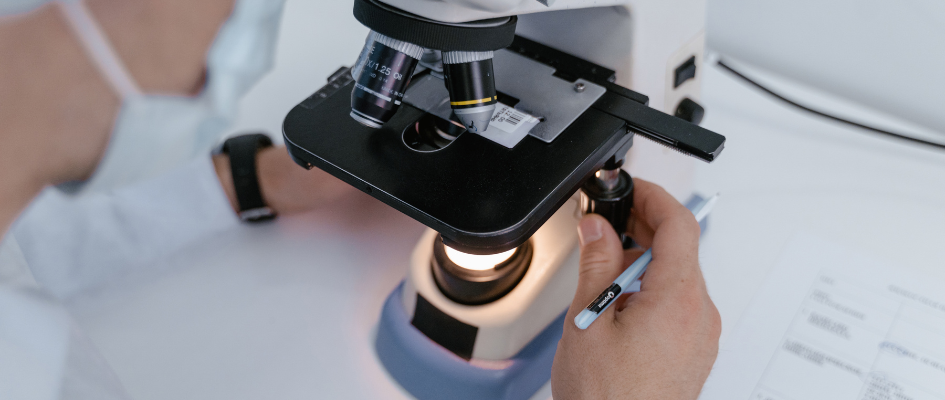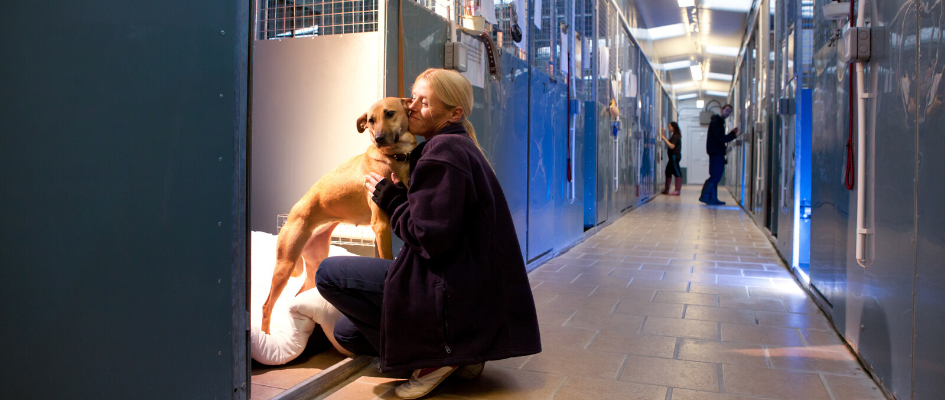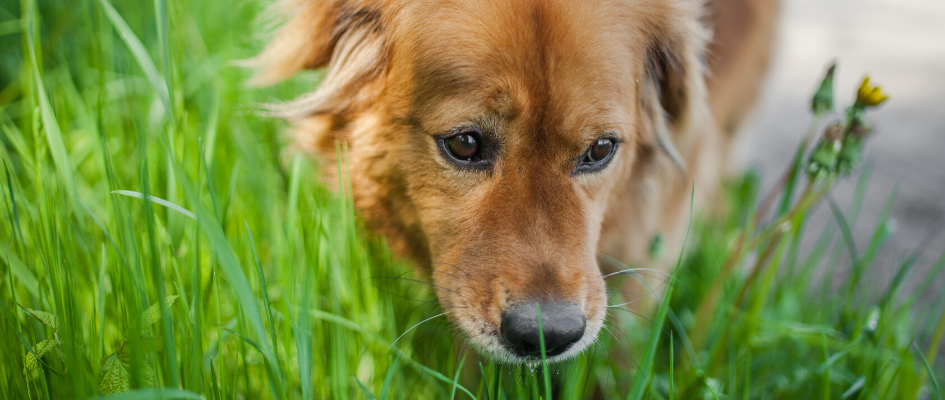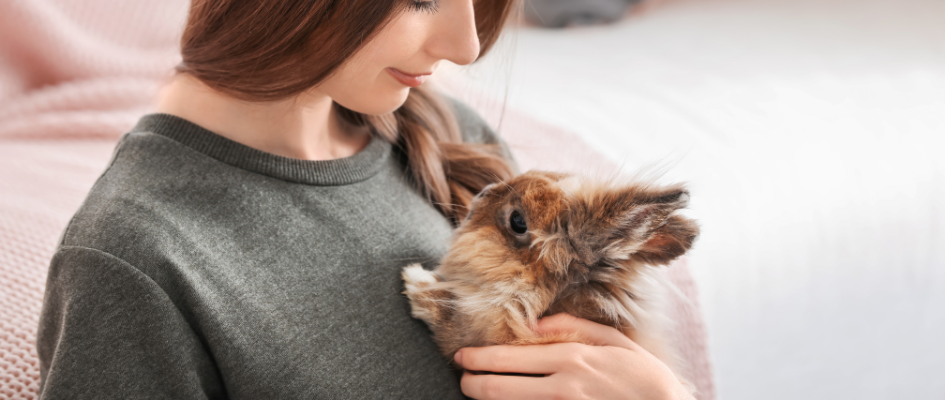In order to be happy and healthy, pets have needs that can be broken down into 5 areas: health, behaviour, companionship, diet, and environment. Owners need to provide these needs. It is not only ethically right to do so, but also our legal responsibility. Follow our tips below on exercising your pet.
Exercise fits into 4 out of the 5 welfare needs…
- It helps maintain our pets’ health. It’s estimated that 46% of dogs seen in practice and 34% of cats are overweight or obese. Interestingly, research shows only 15% of owners describe their dogs as overweight and 54% of cat owners don’t know their cat’s weight.
- Exercise is essential for pets’ mental health too, providing them the ability to carry out natural behaviours. This can help prevent unwanted behaviours that can otherwise build up.
- To allow your pet to carry out their natural behaviours they need to be given plenty to do. This is known as enrichment. Providing a safe and enriched environment is our responsibility.
- Many of our pets prefer to exercise and live with company. In some cases companionship is actually essential for wellbeing.
Tips for dogs
ALL dogs need walking daily, but statistics say 13% are not. Different breeds, ages and personalities need varying amounts of exercise. Our team can recommend what your pet needs. A fit Labrador needs at least 2 hours of exercise daily whereas a Yorkshire terrier may only need 30 minutes. Puppies and elderly or debilitated dogs will need special consideration.
Time off-lead gives opportunities to sniff and explore which is important for mental health. Dogs appreciate a varied route for different experiences but if recall is an issue, a large garden or enclosed play area is ideal. Always keep dogs on the lead in built-up areas and use high-vis jackets during the dark nights.
If your pet is getting tired you have done too much. If they are full of energy then you may have not done enough. Dogs love human companionship, so playtime indoors or outdoors is also important. When alone, you can keep dogs occupied and exercised by using puzzle feeders. Sticks can cause serious injuries so perhaps instead throw a ball (but one that is big enough to not be swallowed).
Tips for cats
Outdoor cats scratch, stalk, pounce and batt outdoors, but it’s still important to provide opportunity for these behaviours indoors. If cats are indoors this is essential. Cats all have individual preferences. If your cat doesn’t want to play, try different toys. Interactive toys provide companionship and bonding time, and you can change the pace and speed of play. Cats exercise in short bursts, so 5-10 minutes frequently throughout the day is better than one long period. As cats naturally hunt at dawn and dusk they may prefer these times for play.
Putting part of your cat’s food ration inside food puzzles can keep them mentally amused and exercised when alone. Research shows puzzle feeders can reduce stress, contribute to weight loss, decrease aggression towards humans and other cats, reduce anxiety and fear, and eliminate attention-seeking behaviour and inappropriate toileting problems. You can buy puzzle feeders or make your own – try putting kibbles inside plastic bottles with holes cut in them. The cats can then roll them around and retrieve; or perhaps within a constructed toilet roll tube tower for your cat to reach into and grab.
Tips for rabbits
The more space rabbits have, the happier they are. Outdoor runs should let them sprint and stand up without touching their ears on the bars so should be at least 3 x 6 x 10 ft. This space includes an attached enclosure (6 x 2 x 2 ft) so they can enjoy the outdoors and run about when they want. Rabbits like to play and dig so make sure they have lots of toys.
Wild rabbits spend 80% of their waking time foraging. Food can be hidden and dispersed to encourage exercise. Research shows rabbits suffer from stress and loneliness if kept alone and rabbits love to play and exercise together. They actually value companionship as much as food. If you have a single bunny, talk to us about finding them a buddy.
Tips for small pets
Hamsters travel great distances at night in the wild. They need as large a cage as you can provide (at least 60 x 30 x 30cm). Many breeds dig, so an area of deep sawdust will satisfy this need. Most love climbing on different levels, but make sure levels are not too tall as a fall may cause harm. Hamster wheels should be solid as spokes can cause injury, and wide enough so the hamster doesn’t bend its back when moving. Restricting access to wheels to 3-4 hours ensures they don’t keep going until they are exhausted.
Hamster balls with no way to escape may also cause exhaustion, so always supervise if using these. Food can be hidden to promote foraging behaviour through the night and boxes, tubes and ladders provide stimulation for exercise and climbing opportunities. Remember, although many breeds of hamsters like company, the Syrian hamster does not. Syrian hamsters are happy to exercise alone, or with their humans.
For guinea pigs, RSPCA recommendations are minimum size hutch of 4ft by 2ft but, like rabbits, the bigger the better. Like rabbits they also need companionship, and ideally constant access to a large grassy area so they can decide when they want to go out. Hiding food can increase exercise through foraging and, like any pet, toys will increase exercise and mental stimulation.
Rats’ cages should be at least 50 x 80 x 50 cm and they need at least an hour’s playtime outside their cage per day, in a safe rat-proofed room with no cracks or wires to chew. Boxes or tubing provide extra entertainment and, although they enjoy human company, it’s unfair to keep them alone.
As all pets have different needs, do speak to us to ensure yours is getting the right amounts of the right exercise.




